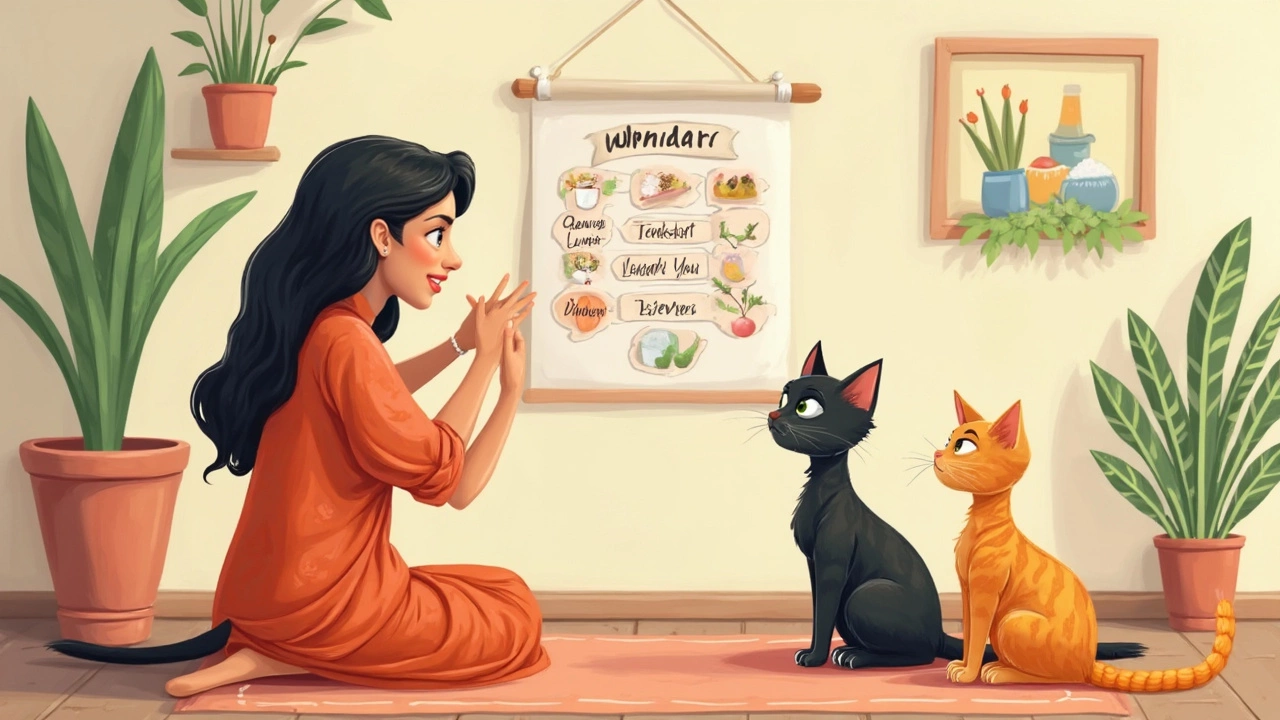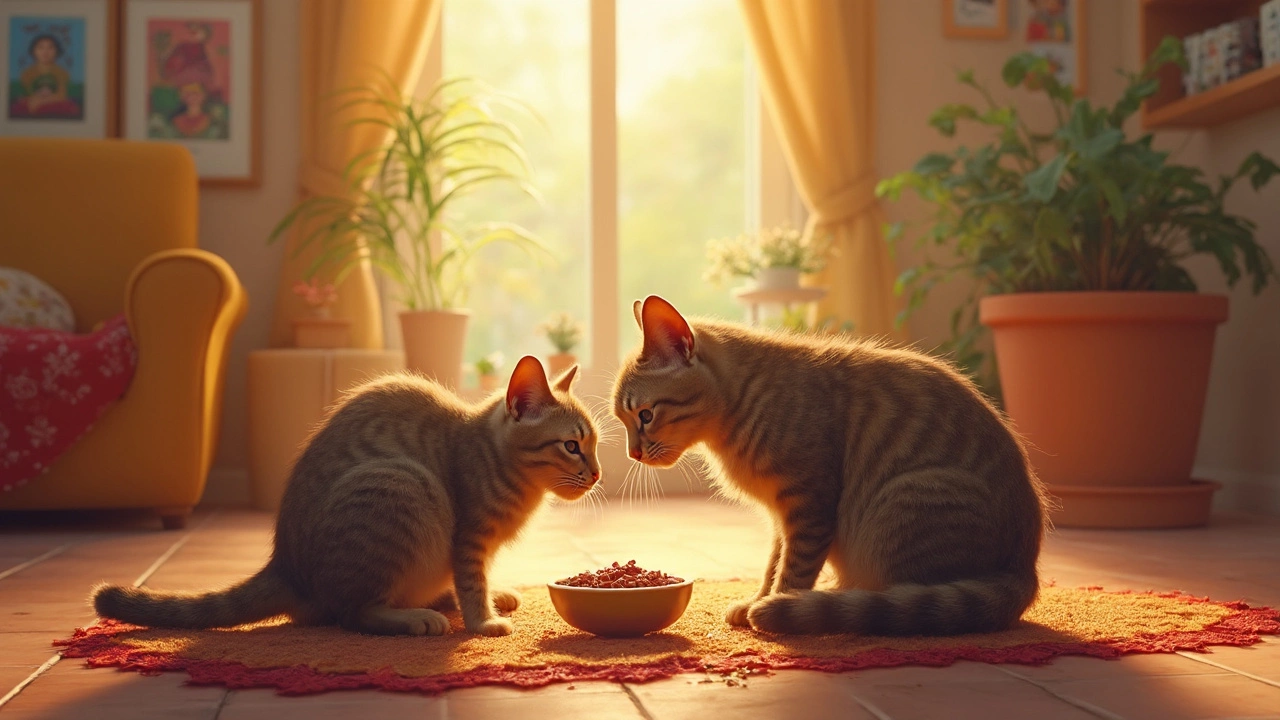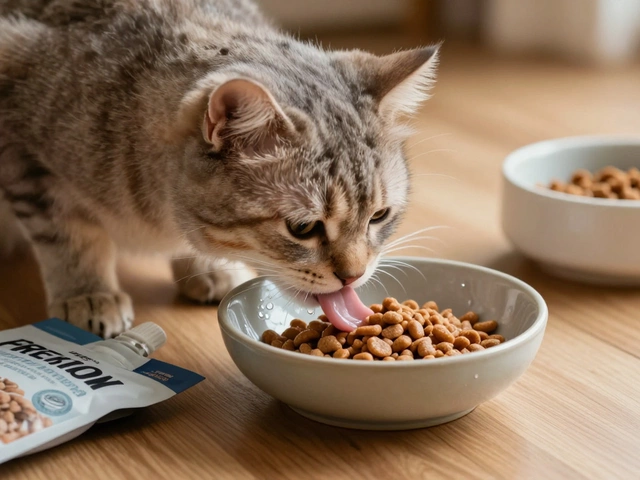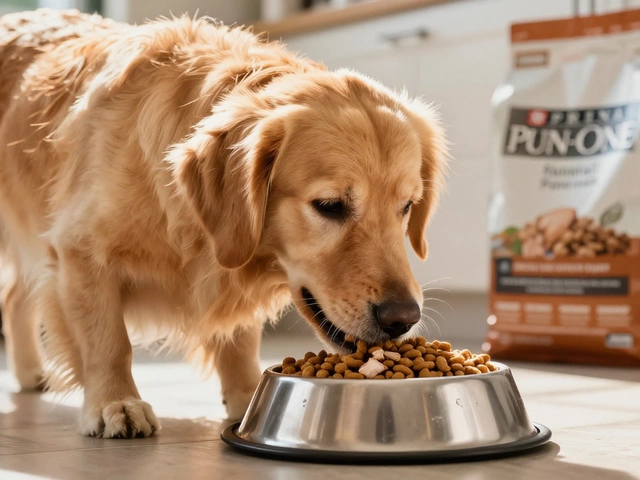
Ever wondered why your cat seems to act like it’s starving every time you walk into the kitchen—even when you know it’s already eaten? That relentless meowing, the weaving around your legs, the Facebook-worthy drama as if the food bowl is eternally empty. Is your cat trying to communicate some mysterious nutritional need… or is it just being dramatic? Knowing exactly how often to feed a cat isn’t just about avoiding those guilt trips; it actually shapes your pet’s health, mood, and lifespan in shocking ways.
Why Feeding Frequency Matters for Your Cat's Health
Your cat isn’t just hungry for food. It’s hungry for routine. Cats evolved as hunters, catching small prey multiple times a day. That means domesticated cats still carry that natural urge to graze or eat smaller meals more frequently. When you dump all the food in the bowl once and call it a day, their stomach ends up being confused and sometimes overstretched—especially if you have one of those vacuum-cleaner cats who finishes in five minutes flat.
Let’s talk science for a second. Studies from animal nutrition experts, like those from the American Association of Feed Control Officials (AAFCO), say that feeding frequency can actually impact your cat’s metabolism, energy levels, and even the risk of obesity. For example, a 2023 review from Cornell’s Feline Nutrition Lab highlighted that adult cats given two or three smaller meals a day—rather than free-feeding (leaving food out all day)—showed more consistent energy and weighted less on average. They also had lower rates of diabetes, which is a growing problem in domestic cats. Surprised? It gets more interesting.
So, what does all this mean for your average house cat? Too few meals can cause stress and digestive issues. Too many, and you open up the door to weight gain, joint problems, and even dental disease (especially if the only thing you offer is dry kibble they scarf down quickly). There’s also “boredom eating.” Yep, that’s a thing for cats. If your cat’s home alone for long stretches, free-feeding might just fuel boredom munching, leading to the feline version of a couch potato.
Experts actually recommend what’s called “meal feeding.” That means you serve specific amounts at regular times, rather than the all-you-can-eat buffet. But exactly how many times a day is right? Here’s what the experts say, broken down by age, health, and lifestyle.

Feeding Schedules for Kittens, Adults, and Seniors
This is where things get real. Not all cats are created equal—especially in the eyes of their stomachs. Here’s how it breaks down by age:
- Kittens (up to 6 months): These little energy balls are growing almost every minute. Vets and groups like the American Animal Hospital Association (AAHA) recommend feeding kittens 3-4 times a day. Their tiny stomachs can’t hold much, and they need all those calories to fuel turbo-charged play sessions and growth. Go for high-protein, kitten-specific food. Wet food can help with hydration, which is a bonus.
- Adults (6 months to 7 years): This is the “maintenance mode.” Most adult cats do best with 2-3 meals spread over the day. It matches their wild ancestors’ rhythm of hunting. Stick to a regular schedule, like morning and evening, and measure servings carefully. Watch the calories—modern indoor cats burn way less than outdoor hunters! This method helps control weight and avoids that wild, anxious energy at random times.
- Seniors (over 7 years): Things change once cats hit their golden years. Some seniors do fine on the same 2 meals, but others (especially if they have kidney or dental issues) may need smaller, more frequent snacks—sometimes 3 or even 4 small meals. At this stage, it’s all about gentle, easily digestible food and keeping an eye on any weight loss or appetite changes. If you notice your senior cat’s eating habits changing, chat with a vet—sometimes it’s a sign of something deeper going on.
Let’s put it in a table so you can get an instant snapshot—because who doesn’t love quick data?
| Life Stage | Meals per Day | Tips |
|---|---|---|
| Kittens (up to 6 months) | 3–4 | High protein, kitten food, monitor growth, small frequent meals |
| Adult Cats (6 months–7 years) | 2–3 | Measure portions, regular schedule, watch for boredom eating |
| Senior Cats (7+ years) | 2–4 | Easy-to-digest food, monitor appetite changes, more frequent if health issues |
There’s no universal rule, but that chart matches most vet recommendations in 2025. Of course, there’s always a wildcard—cats with special needs. Diabetic cats, for instance, often need eating times to line up with insulin shots. Some high-energy breeds (like Bengals or Orientals) just burn more calories and may benefit from smaller, more frequent portions. Same with pregnant or nursing cats, who honestly eat like little horses.
And a quick word on wet vs. dry food: Both can work, but cats often don’t drink much water, so wet food is handy for keeping their kidneys happy. If you do go with dry food, be extra careful about measuring portions—they pack more calories in less space, which can sneak up on you (and them).

Tips for Setting Up the Ideal Cat Feeding Routine
Nailing the perfect cat feeding schedule isn’t set-it-and-forget-it. It’s a dynamic dance between your pet’s personality, your schedule, and the science. Here’s how to make it not just manageable, but kind of fun for both of you.
- Create a ritual: Cats love predictability. Pick times and stick to them, like right after you wake up and again in early evening—sort of how you schedule your own breakfast and dinner.
- Measure meticulously: Guesswork is the number one reason cats end up overweight. Use a measuring cup, weigh the food if possible, and check the calorie guidelines on your food’s label. The average indoor cat needs about 20 calories per pound of body weight a day. So, a 10-pound cat—roughly 200 calories a day.
- Resist the sad eyes: Don’t fall for those Oscar-worthy performances when your cat acts like it’s never eaten before. Extra treats add up fast. If you must treat them (and we both know you must), take it out of their daily food allowance.
- Feed separately if you have more than one cat: Some cats are mouse-like nibblers, others inhale their meals. Feeding in separate spots or using microchip feeders stops bullying and makes sure everyone gets what they need.
- Interactive feeders and puzzle toys: This might be the best cat-parent hack of the 2020s. These toys turn dinner into a game, stretching out feeding time and tapping into their natural hunting instincts. Studies have shown cats with puzzle feeders are less bored, less likely to beg, and have improved digestion.
- Fresh water always: Not all feeding tips are about the food itself. Many cats don’t drink enough, so keep water bowls full and fresh. Some cats actually prefer fountains, which keep water moving and more appealing.
If you need to transition your cat from grazing to meal times, don’t go cold turkey. Gradually reduce the hours food is available until your cat gets used to the new system. This will help avoid hunger strikes. Throw in a little wet food here and there—many cats love it, and it helps with hydration and satiety.
Keep your eyes open for red flags. If your usually food-loving tabby suddenly skips meals or seems ravenous every hour, something might be up. Sudden weight loss, vomiting, or changes in bathroom habits deserve a trip to the vet. Set a reminder to do a quick monthly weight and body check—run your fingers along their ribcage: it should feel a bit like the back of your hand (not a packed suitcase or piano keys).
But don’t stress too much. You know your cat, and you live with its quirks. If you’ve got a high-energy ball of fur or a couch-loafing purr machine, tweak the meal plan until everyone’s happy. Science backs up the routine, but your cat’s comfort seals the deal.
So, next time your feline stares you down at 6 a.m. or chases your ankles at 5 p.m., remember it’s not just hunger, but a call for the stability and structure (and, fine, tasty snacks) that shapes their whole well-being. Give your cat structure, measure meals, adjust for its age, and you’ll have a healthy, happy companion—fewer vet bills, less dramatic meowing, and maybe a little more peace in the kitchen.





